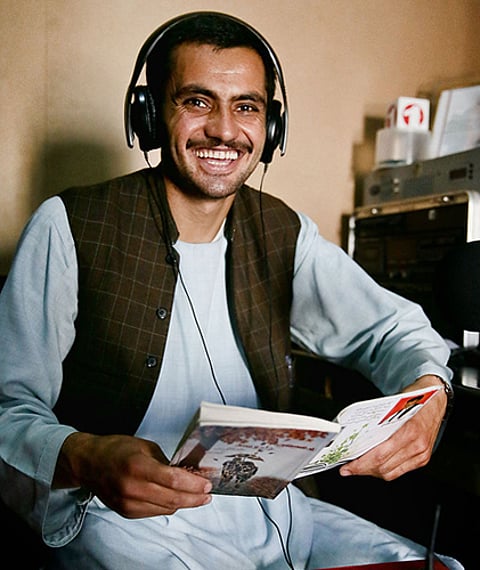House of reform?
Shaffiqa Habibi, director of the Afghan Women Journalist Union, is concerned at the declining number of female voices within the Afghan media. Despite the industry's significant growth since the overthrow of the Taliban, journalism remains a dangerous occupation. "Over all it is difficult to be a journalist in Afghanistan," she says, adding, "but being a female journalist in Afghanistan is even more dangerous". She has a point. It is estimated that of 2,300 female journalists, about 300 had left the profession as of mid-2013, primarily due to concerns of personal security, as well as familial pressure. "Women are constantly harassed and threatened by officials, unknown people, and some family members, so it makes it difficult for women to work in the field of media, even though it is very important that we have female reporters to reflect the challenges that Afghan women face in this country."
While the disincentives female journalists experience are unique in many ways, they are symptomatic of broader issues of access and security faced by an industry whose mandate it is to question authority and challenge ideas. As the foreign media covering Afghanistan focuses on NATO troop levels and the Bilateral Security Agreement that would keep them there, Afghan media have been more concerned with the ramifications of the 5 April presidential elections. They know it is not the number of foreign troops that will determine their future, but whether or not Afghanistan will be able to stage a credible election that will help the country become a modern state and provide the stability necessary for progressive media reform. For the future of independent journalism in Afghanistan, the stakes are high.

